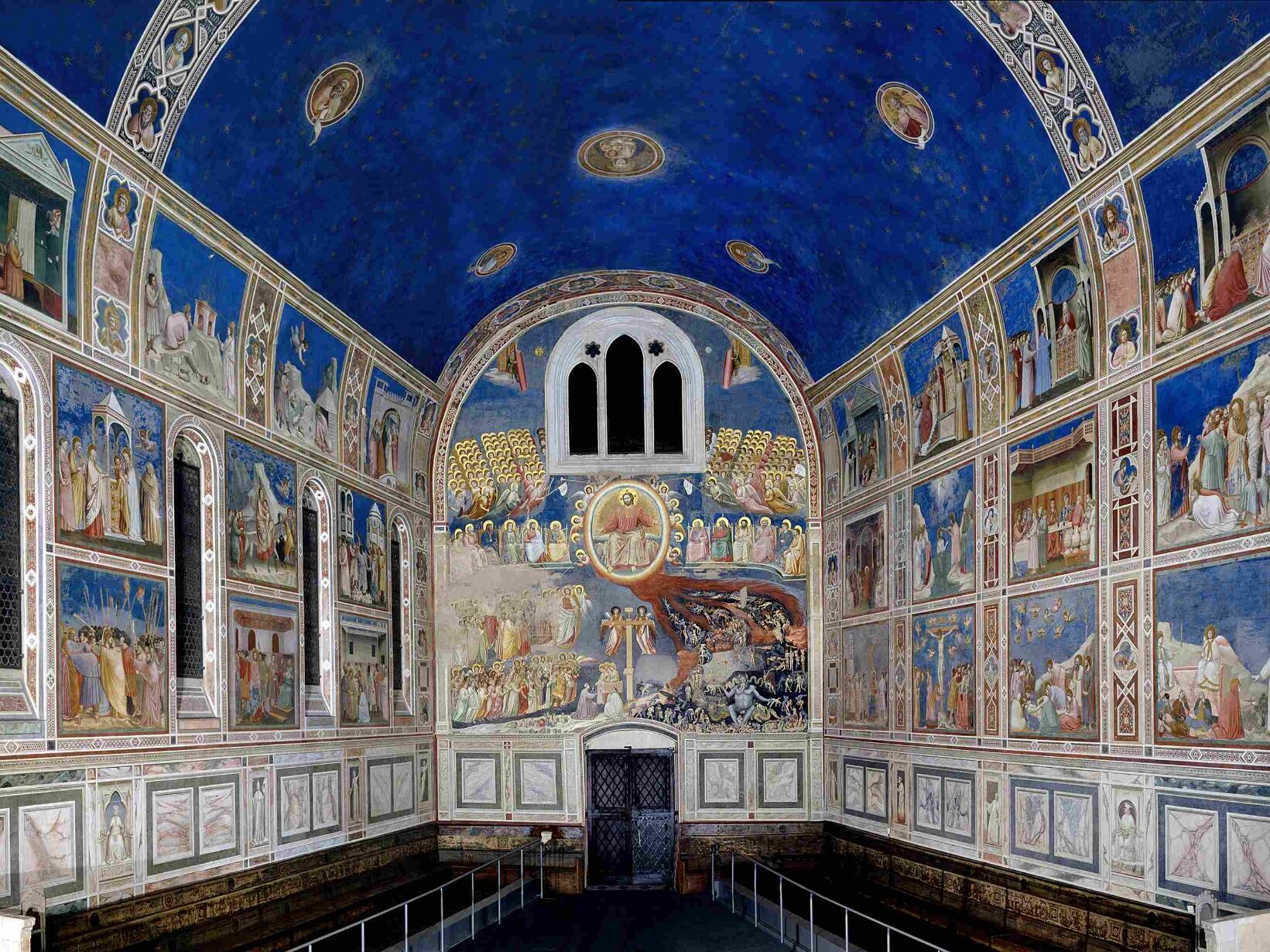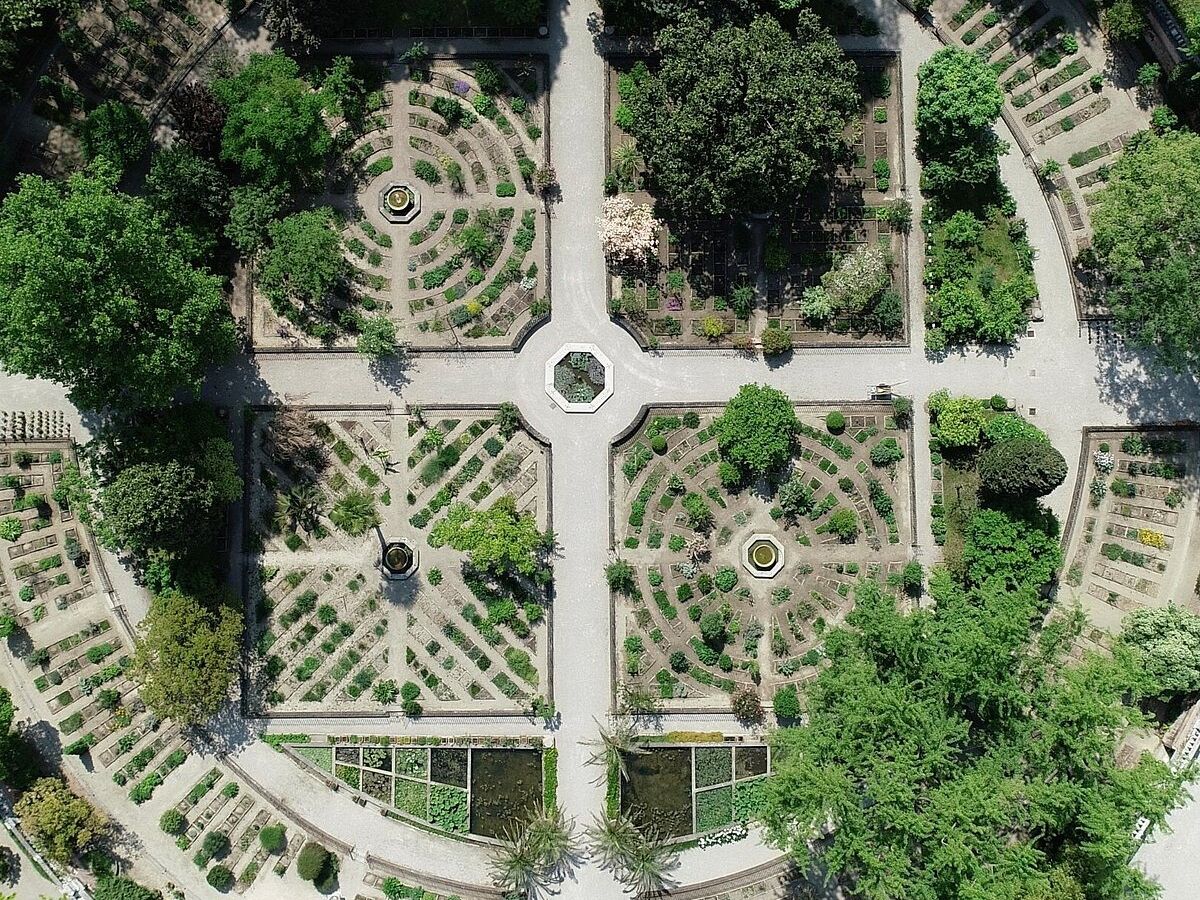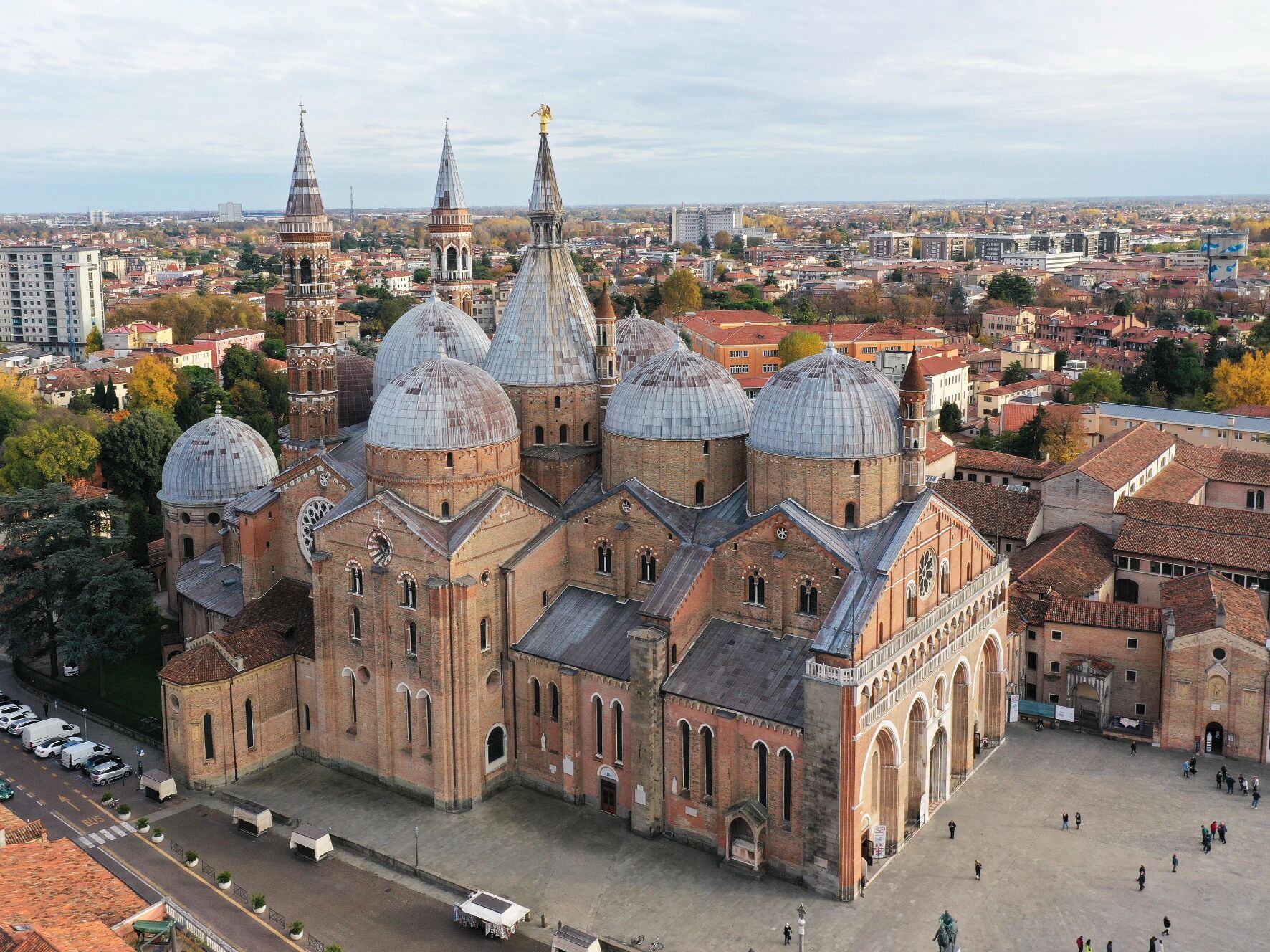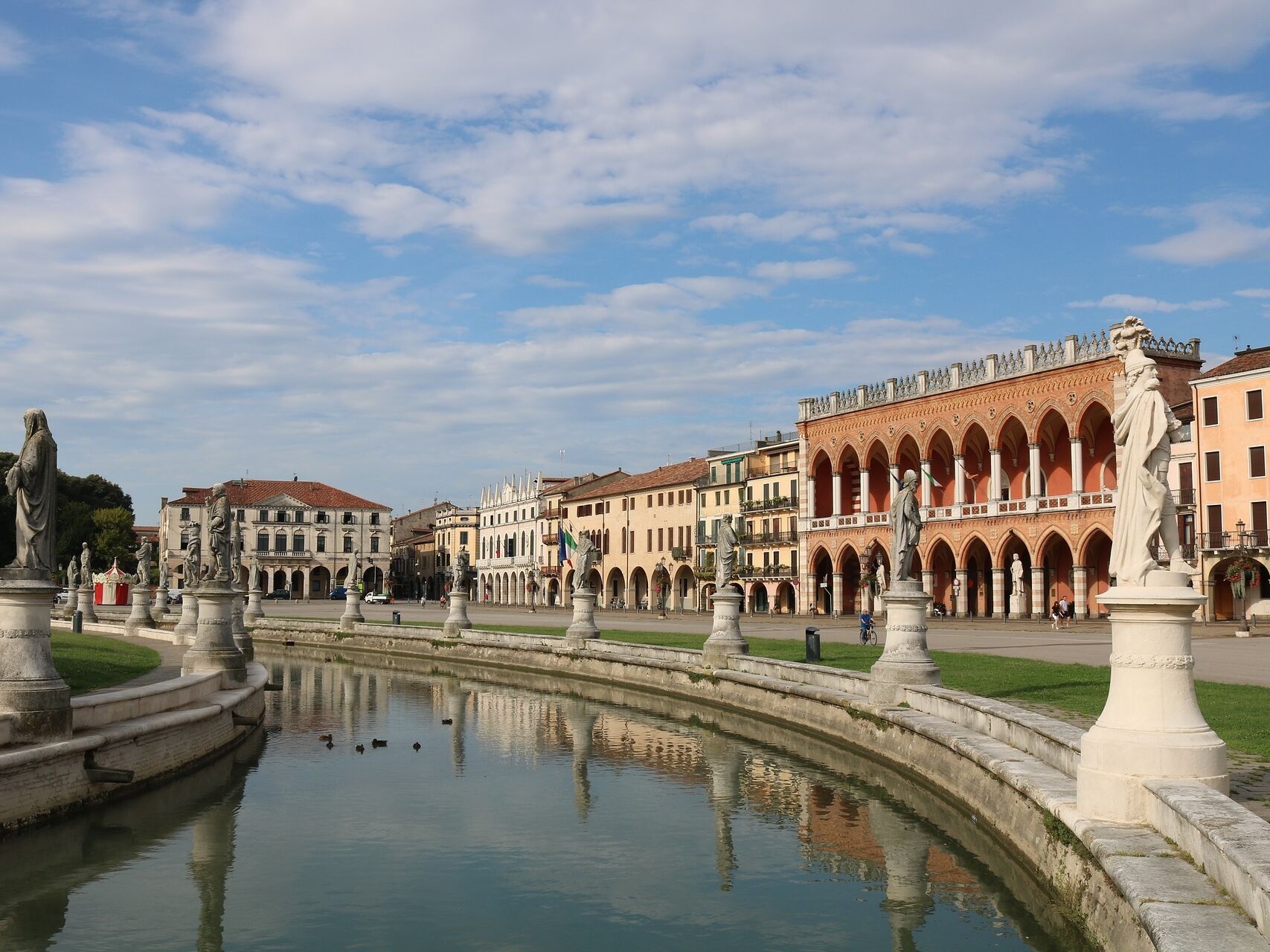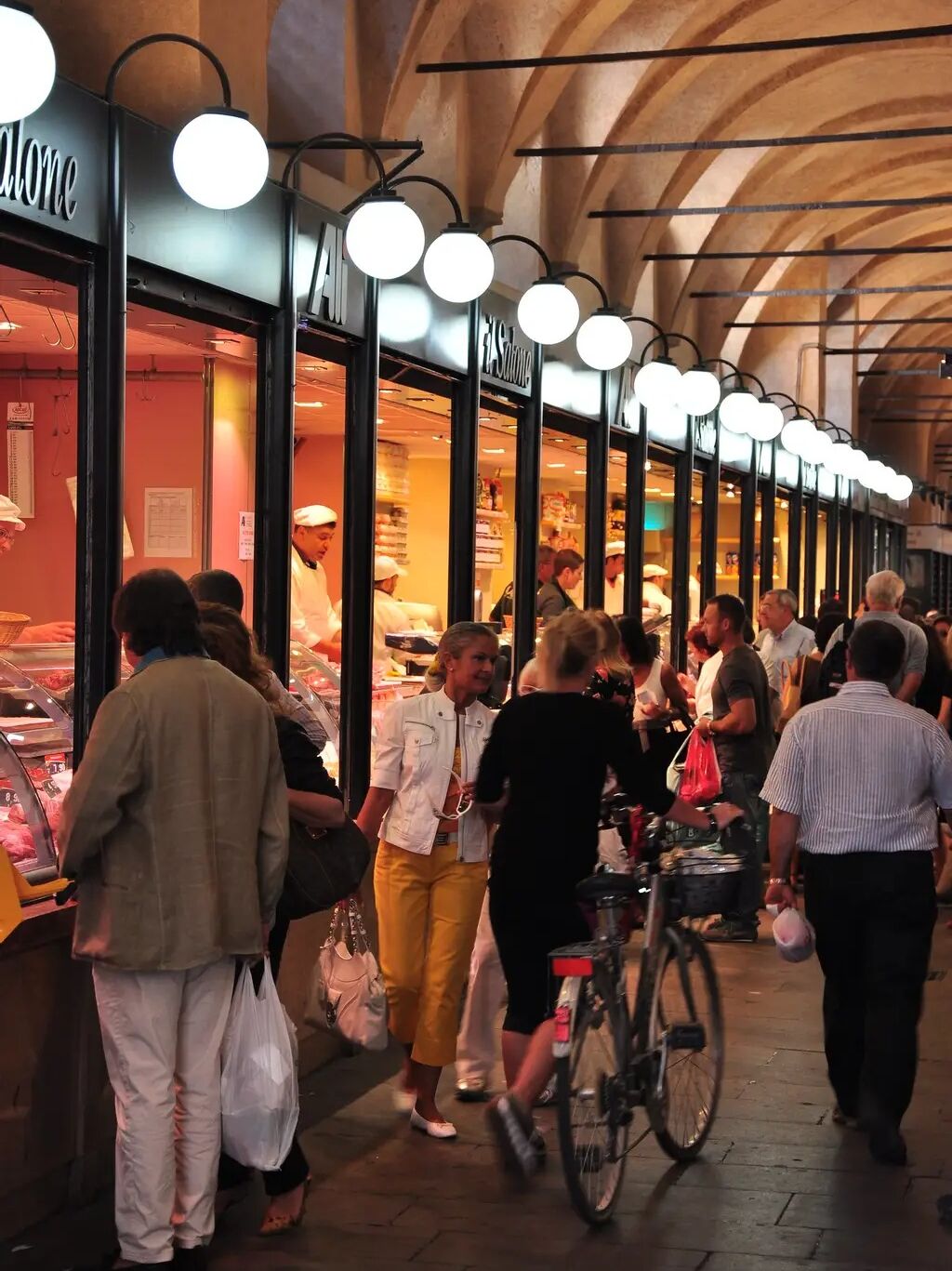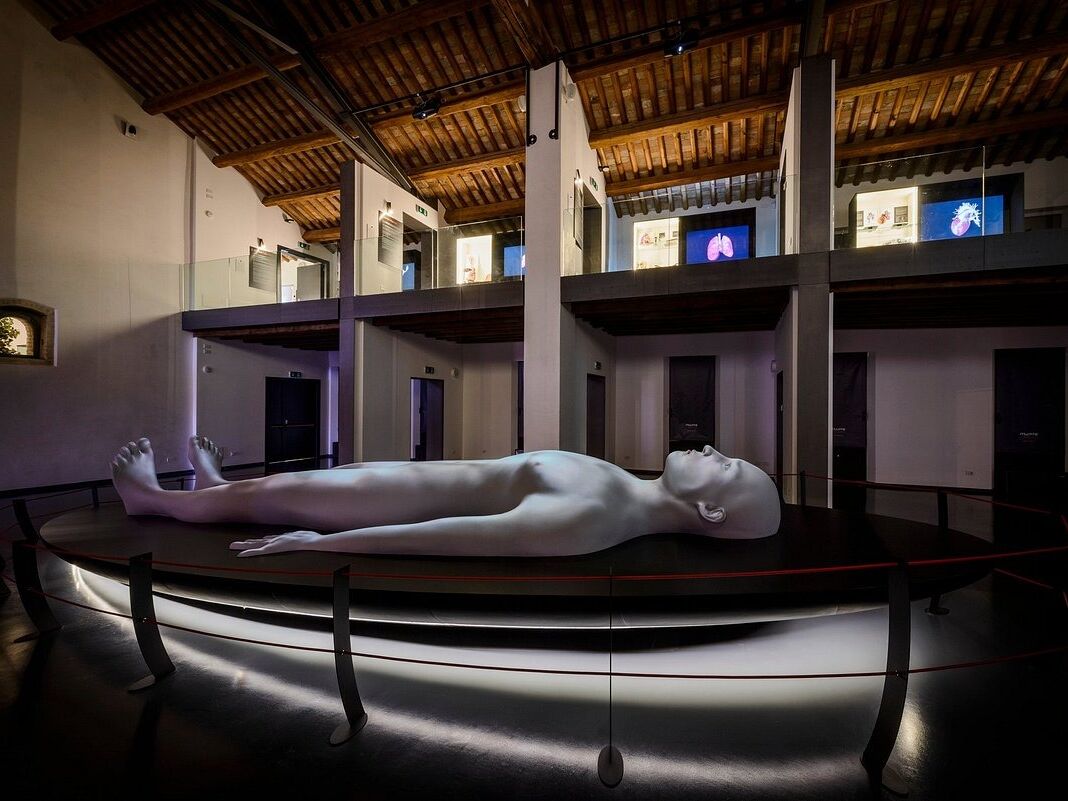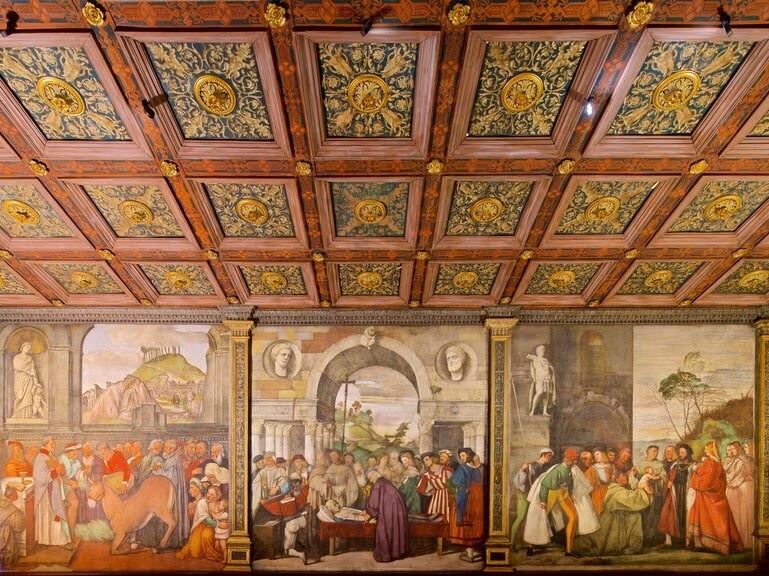
Carolina + Joseph
Carolina + Joseph
Things to Do in Padova
Try some of Joe and Carolina's Favorite Spots!
1. Box Caffe (Dinner)
2. Pizzeria Amabile - Ristorante Napoli Centrale (Dinner - Pizza)
3. Miscusi (Lunch or Dinner)
4. Otivm Lunch Cafè (Lunch)
5. La Merca - Sotto Salone (Lunch )- Focaccia (Focacce) with Mortadella or Porchetta are must try's!
6. Exforo - Rooftop perfect for happy hour!
7. Caffe al Duomo (Breakfast)
8. Citta Giardino Da Ignazio (Breakfast)
GELATO: Portogallo, Gelateria Giotto, Gelateria La Romana, Grom, & Gelateria Da Nonno Piero
Scrovegni Chapel (Cappella degli Scrovegni)
The chapel contains a fresco cycle by Giotto, completed about 1305 and considered to be an important masterpiece of Western art. In 2021, the chapel was declared part of the UNESCO World Heritage Site of the 14th-century fresco cycles comprehending 8 historical buildings in Padua city centre.
University of Padua Botanical Garden
Created in 1545 on the property of the Benedictine monks of St. Justina, Padua Botanical Garden is the world's oldest university botanical garden. In 1997, it became a UNESCO World Heritage Site. Bring your student ID if it hasnt expired for discounted tickets!
The Basilica of St. Anthony
When in town, one of the highlights that you need to see is the soaring Basilica of Saint Anthony. A treasure trove of masterful art, spectacular architecture and spirituality dedicated to the city’s patron saint, it’s easy to while away a few spellbound hours in the massive church known to locals simply as ‘Il Santo.’ Read on for a guide to the church, and discover what to see in Padua’s Basilica of Saint Anthony!
Prato della Valle
Prato della Valle is one of the most iconic and picturesque places in Padova, Italy. As you step onto the Prato della Valle, you'll be immediately struck by the vastness of this elliptical-shaped piazza, often considered one of the largest in Europe. Take a leisurely stroll or pack a picnic basket and sit in the central green island. As you walk into the square you will encounter a stunning canal lined with statues of historical figures and 78 elegant statues adorning the outer ring. Pause to admire the serene atmosphere and lush greenery, and imagine the lively events that have taken place here over the centuries. You can also walk to Exforo a trendy new rooftop overlooking Prato della Valle.
The Market of Palazzo della Ragione Palace
The Palazzo della Ragione, built in the Middle Ages as the seat of the city courts, still hosts on the ground floor one of the oldest European markets. The Palazzo della Ragione is the largest building constructed in Padua in the Middle Ages. For more than six centuries, during the Carrarese Lordship and the Venetian domination, the upper floor was dedicated to the town and justice administration, while the ground floor functioned as a commercial seat.
The palazzo separates the two main squares of the city, Piazza delle Erbe (Herbs Market) to the south and Piazza della Frutta (Fruit Market) to the north. With its roof in the peculiar shape of an overturned ship's hull, the building has one of the largest medieval halls still existing, the upper floor’s great hall or Il Salone. The access to the upper floor is via four stairways, two from each square. The stairs lead to two loggias, open onto the squares with arches of varying width; below, other arches create a portico occupied by shops.
Il Salone has a historically close relationship between justice, finances, and trading. The Great hall still preserves the famous Pietra del Vituperio or the Stone of Shame. It was designed back in the 13th century as a punishment for insolvent debtors and placed at the centre of the hall of justice. Here, in the presence of at least 100 witnesses, the debtor was forced to undress, remaining only in his shirt and underwear, pronounce their renunciation to worldly goods, and then banished from the city.
MUSME (Museum of The History of Medicine)
MUSME, inaugurated on June 5th, 2015, is already considered an Italian excellence. It is a new generation Museum that narrates, with a rigorous yet engaging language, the extraordinary journey of Medicine, from ancient discipline to modern science, with a keen eye on the history of Padua’s Medical School. Balancing the past and the future, MUSME revolutionizes the concept of Scientific Museum, combining History and Technology. A hybrid between a traditional exhibit collection and a modern Science Centre , it merges and renovates the museum approaches and captivates everyone, offering an exhibition that adapts to the visitor: from playful story-telling for the younger ones, to in-depth scientific analysis for scholars. Learn about the history of medicine by visiting the museum’s six halls and anatomical theater.
This museum is closed on Mondays.
Scoletta del Santo
This historic site is a true gem, known for its rich history and stunning architecture. The Scuola del Santo, also known as the Scuola di San Antonio, is dedicated to St. Anthony of Padua, one of the city's patron saints. As you approach the Scuola del Santo in Padova, you'll be greeted by a magnificent Renaissance façade adorned with intricate sculptures and detailed reliefs. Step inside this venerable institution to discover the life and legacy of St. Anthony, a beloved figure in Padova and beyond. Marvel at the beautifully decorated chapels, each showcasing exquisite frescoes and artwork that narrate the saint's inspiring story. Don't forget to look up at the stunning ceiling as you explore the building.
